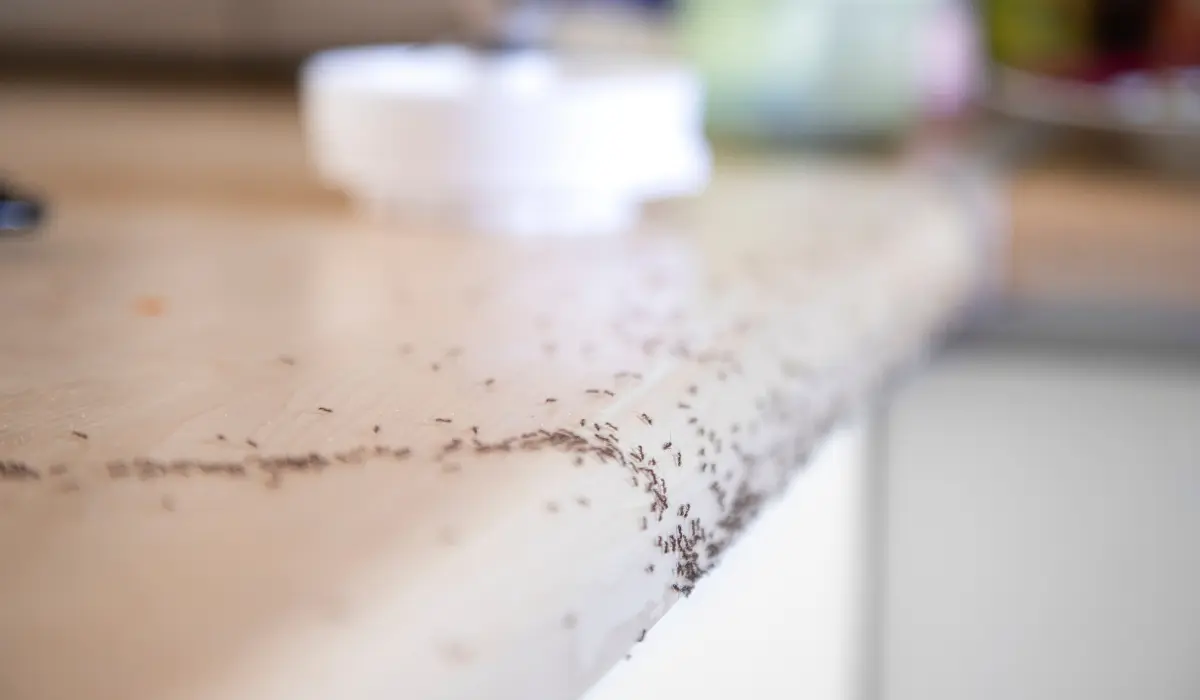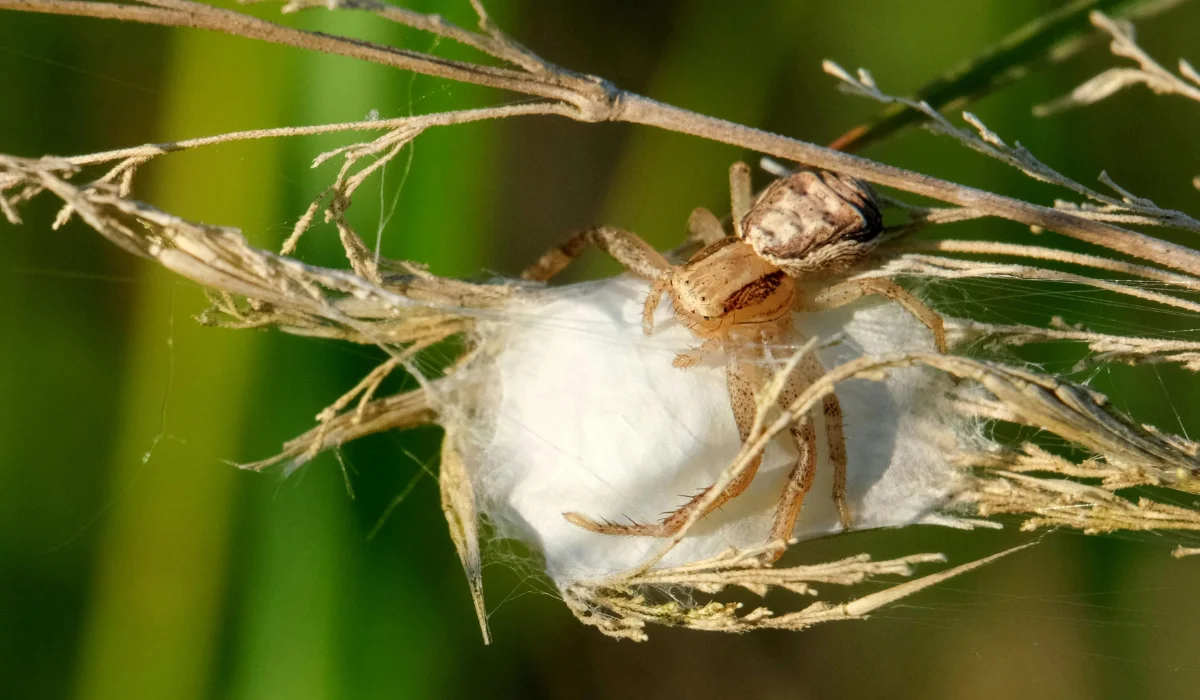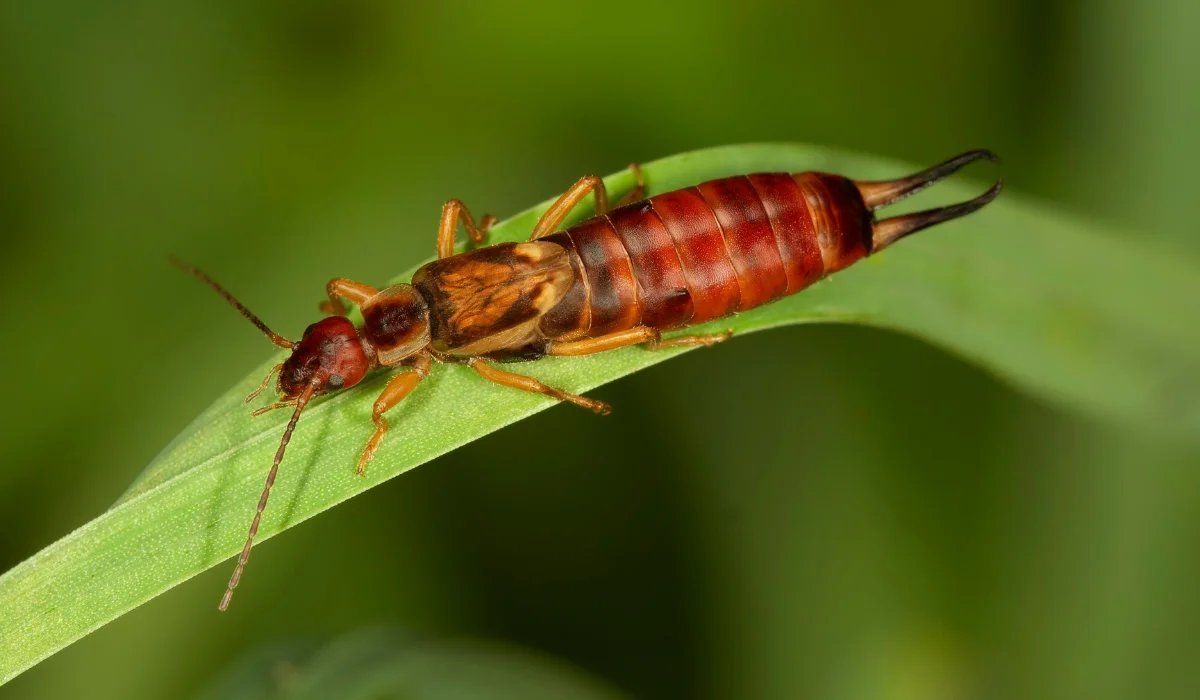In Southern Louisiana, it’s common to see sugar ants trailing along your baseboards or fire ants toward your dog’s food bowl. When they find food, they lay down pheromones to guide their entire colony to the food source.
In this article, you’ll learn about seven foods in your home that they love, why different species of ants are attracted to them, and exactly what steps you should take when you spot them scavenging around.
Key Takeaways
• Sugary drinks, fruit, peanut butter, and pet food are just a few foods in your home that ants love.
• Different types of ants go after different foods depending on their diet, colony needs, and foraging behavior.
• Cleaning up spills, sealing food, and checking entry points are important steps when you find ants indoors.
• A local pest control expert like LaJaunie’s can help get rid of ants and keep them from coming back.
1. Sugary Drinks and Syrups
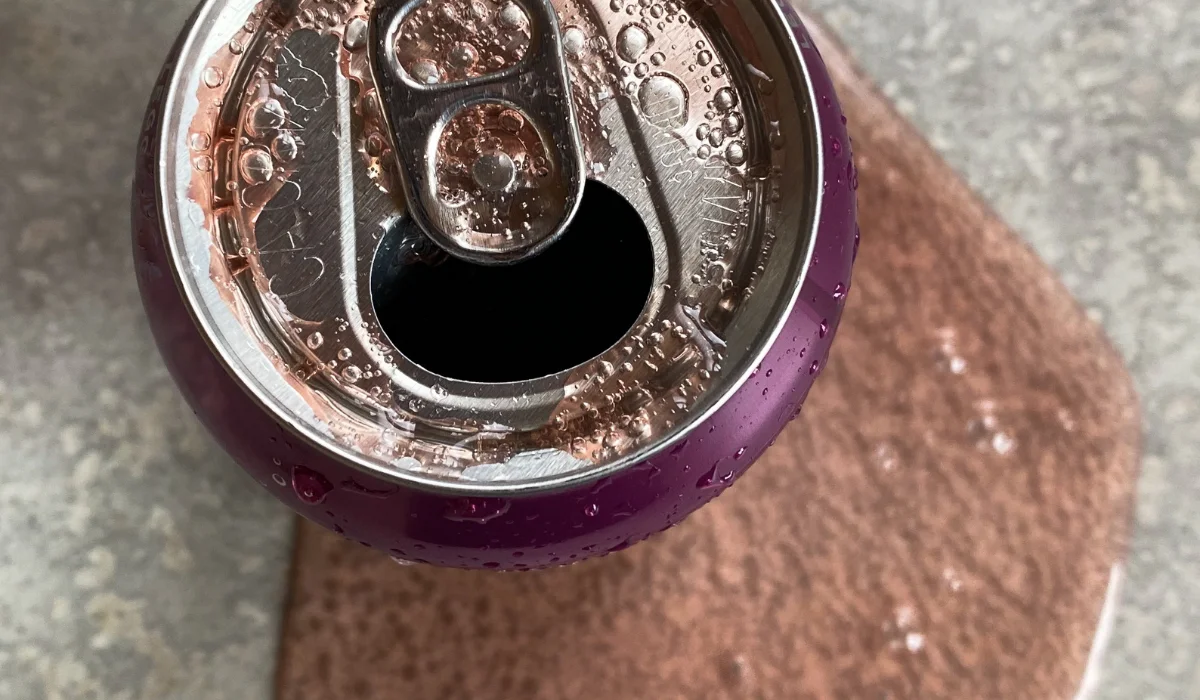
Sugar ants and pharaoh ants go wild for sugary substances like spilled soda, sweet tea, or syrup. These high-carbohydrate sources are a staple in the ant diet, especially for worker ants who bring food back to the nest.
One sticky ring around a bottle or cup is enough to kick off a full-blown ant infestation.
2. Pet Food
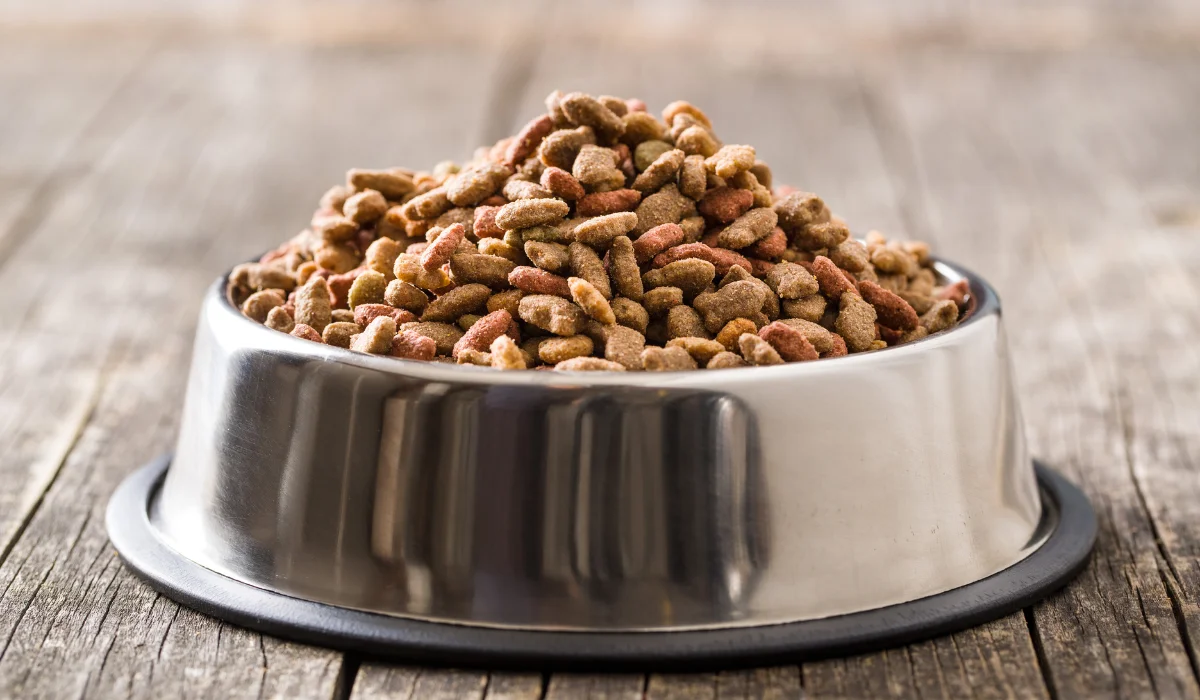
Pet food packs plenty of protein-rich ingredients and fats that ants crave. Carpenter ants and fire ants, both omnivores, are known to scavenge for these types of food.
Leaving bowls outside overnight or storing kibble in bags that aren’t sealed tightly can attract ant colonies.
3. Greasy or Fatty Leftovers
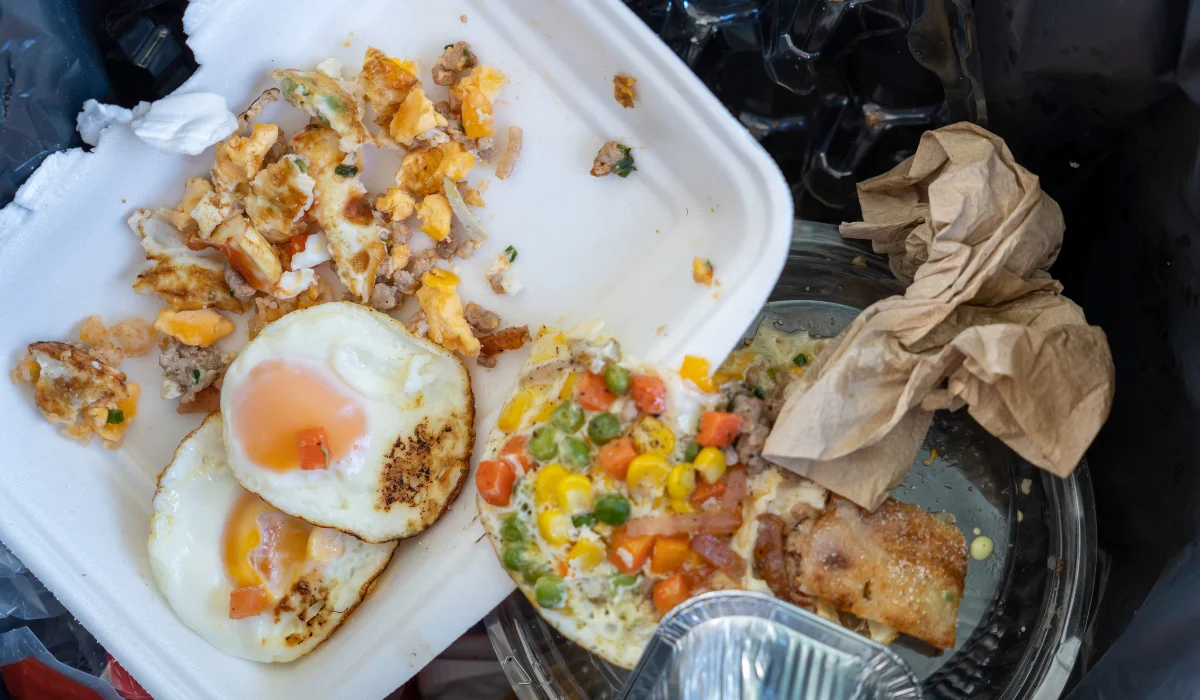
Ants eat more than just sweet stuff. They’re drawn to greasy pans, leftover fast food wrappers, and oily spills. This appeals especially to harvester ants and pavement ants, which will scavenge anything rich in fat.
If left out, these scraps can also attract cockroaches and small insects, drawing in those that feed on dead insects, dead animals, or organic matter.
4. Baked Goods
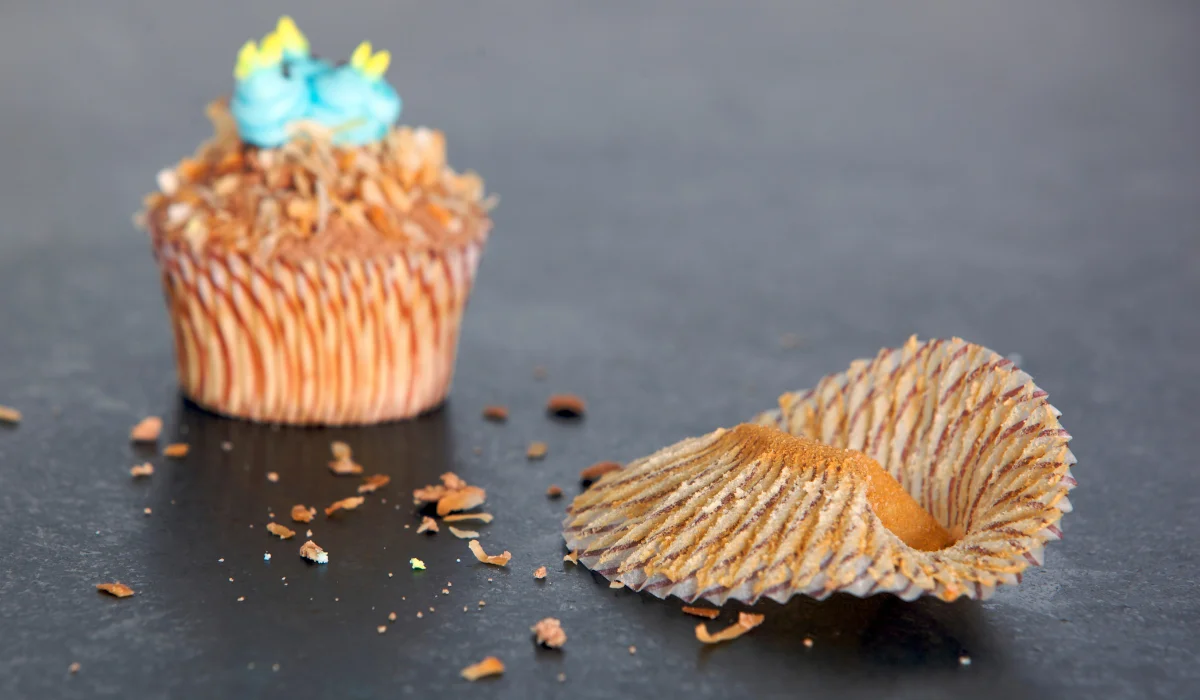
Cupcake crumbs and icing on a cake plate attract all kinds of ants. The mix of sugar and carbs appeals to several types of ants.
You might spot pharaoh ants or pavement ants working their way across your kitchen counter. These worker ants are expert foragers, able to locate even the tiniest trace of food with their sensitive antennae.
5. Peanut Butter
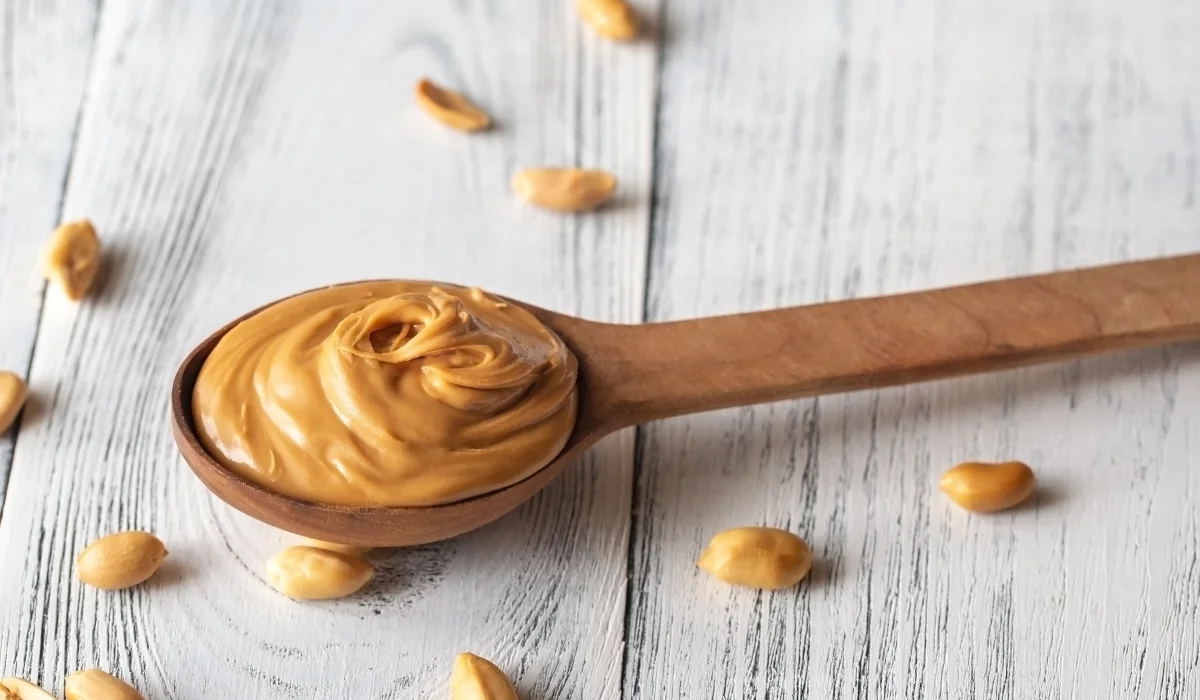
We’ve used peanut butter in traps for years because it works so well. It combines sugar, fat, and protein-rich content, perfect for ants that eat a variety of foods. But if it’s left open or smeared on a utensil, you’ll soon have a trail going right to it.
Leafcutter ants, though mostly known for harvesting plant material, will sometimes target peanut butter as an energy-rich option when they can’t find other food.
6. Fruit (Especially Overripe)
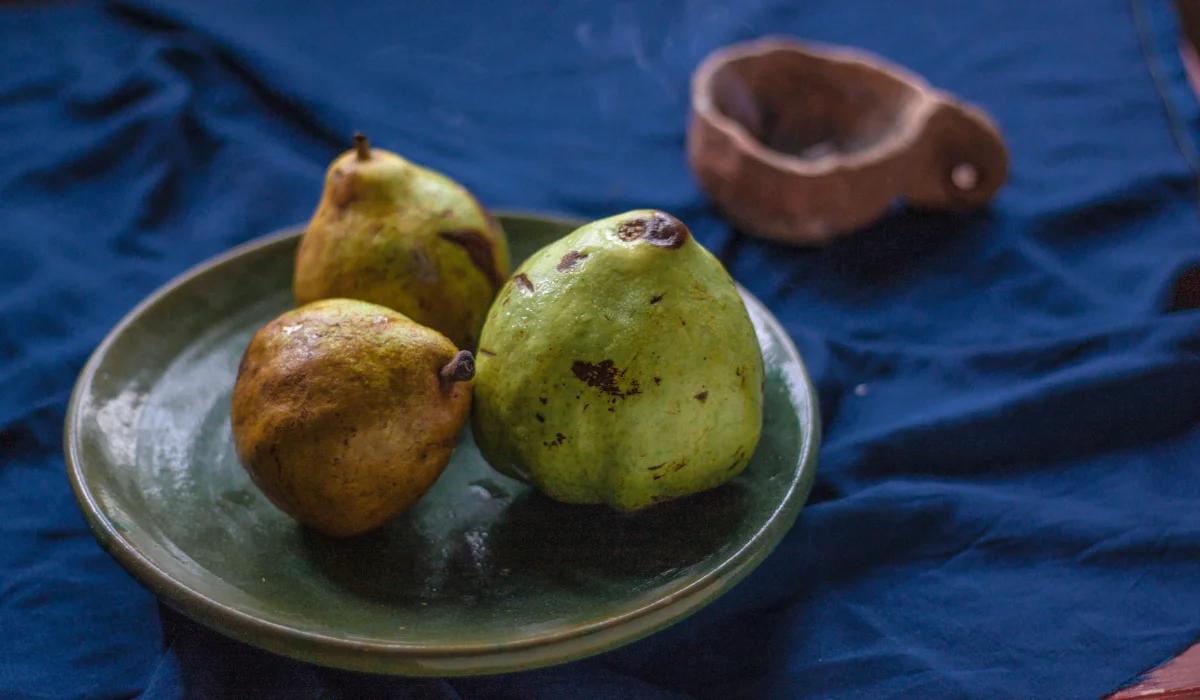
Fruits give off strong smells as they break down, attracting ants looking for sugary foods. Some ant species also farm aphids in gardens to feed on honeydew, a sugary substance produced by the aphids.
That same sweet scent from ripe fruit in your kitchen hits similar triggers for ants.
Don’t forget that termites and fruit flies may be drawn to decaying fruit as well.
7. Trash Can Spills
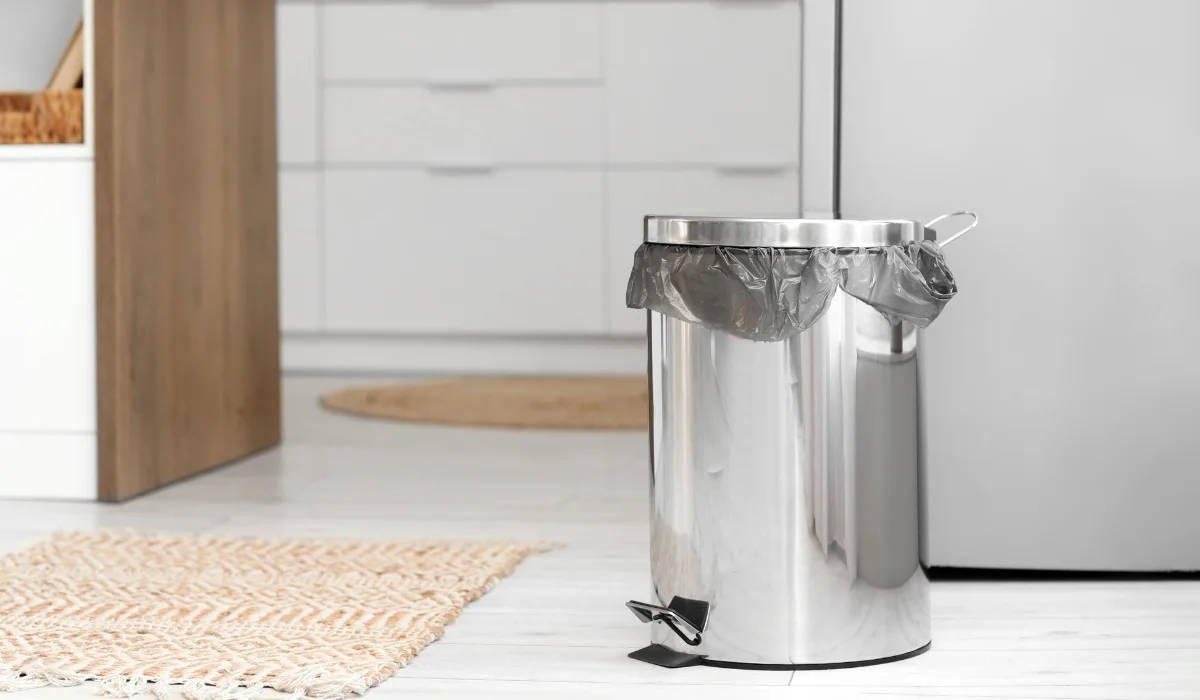
The trash can is a jackpot for ant species that will eat almost anything.
Between the leftover juice from meat packaging, bits of fruit, and discarded wrappers, it offers both sugar and organic matter. If your trash sits near a wall or entry point, it’s even easier for them to move in undetected.
What to Do When Ants Find Food in Your Home
Once ants have located a food source, the pheromones they leave behind can turn one scout into a hundred foragers in no time. But if you act quickly and strategically, you can disrupt their mission and prevent a larger ant infestation.
Clean the Area Thoroughly
Use soapy water or a vinegar solution to eliminate the pheromone trail. Wipe down counters, sweep up crumbs, and scrub floors near food prep areas.
Even a missed spill can become a fresh signal for worker ants to return.
Remove the Food Source
Throw away or store the affected food in sealed containers.
For dog or cat food, use airtight bins and avoid leaving bowls out overnight. This limits easy access to types of food that attract ants in the first place.
Check Food Storage Habits
If ants have made it into your pantry, re-evaluate how you’re storing dry goods. Items like sugar, cereal, and flour need to be in containers that fully seal.
They love to chew through cardboard or slip through barely folded bags.
Call a Local Ant Control Expert
If you’re ready to get rid of ants for good without using DIY repellents, LaJaunie’s Pest Control is just a call or click away. We’re local, we’re fast, and we understand the behavior of every ant species you’re likely to run into, from carpenter ants to sugar ants.
With same-day appointments, personalized pest control services, and follow-ups when needed, we’ll take care of the problem so you don’t have to.
Reach out today and let’s get your ant problem under control.
 By: LaJaunie's Pest Control
By: LaJaunie's Pest Control 